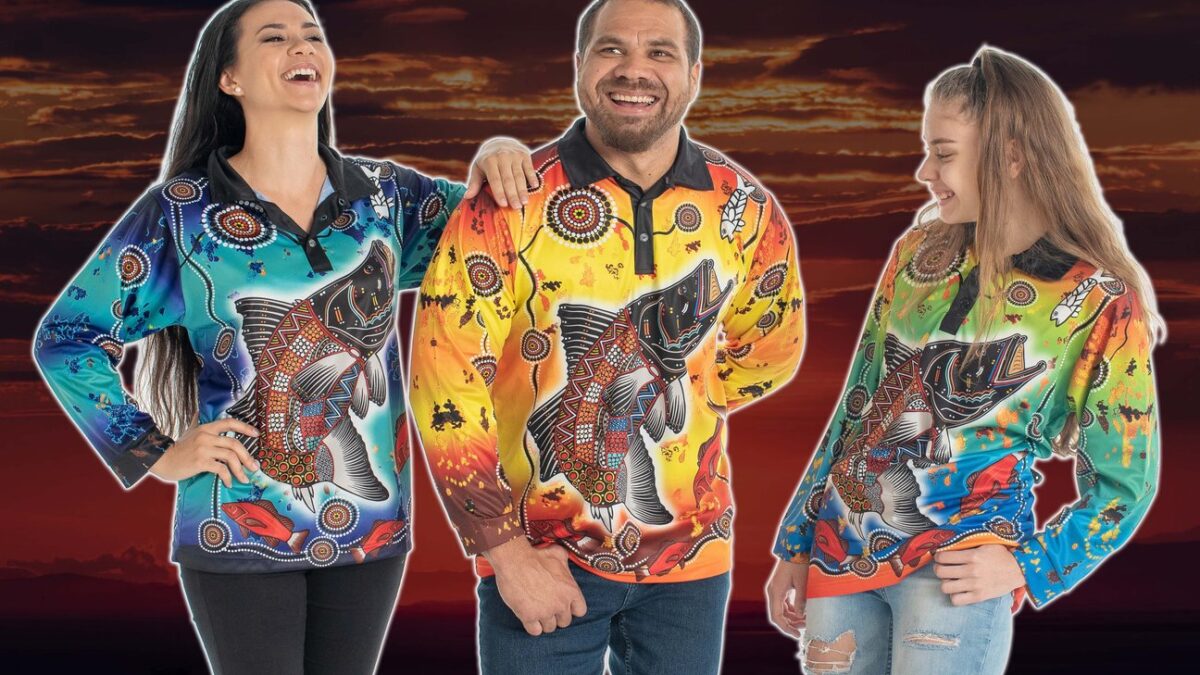Australia has a rich history that goes back thousands of years. The Aborigines have maintained their culture and beliefs over the years to preserve the ways of the first Australian communities. With the strong ties in spirituality and culture, aboriginal Australians also had special art for clothing. Below are some interesting facts about aboriginal Australian clothing.
Breastplates were for Kings – Unlike other communities in the world, aboriginal people in Australia did not have authority heads like chiefs or kings. Instead, they had a group of elders that would come together to make decisions on behalf of the clan.
However, the British rule introduced kings and would give them king plates to set them apart from other people. Breastplates were also granted as a merit for good service.
Clothing was multipurpose and reversible – Cloaks in ancient Australia were mainly made from animal skin. During winter, the people would wear fur on the inside to generate heat. On rainy or hot days, the cloak would be turned the other way to act as a waterproof garment or cool the body. These cloaks were multipurpose, you could wear is as clothing during the day and as a rug to lie on at night. Even today, aboriginal people still wear cloaks made from kangaroo skin for performances or just as clothing.
Possum-skin cloaks were handed down as heirlooms through generations – There was a lot of work that went into making a possum-skin cloak. Sewing the possum pelts together with kangaroo sinew and decorating them with ochre made the clothing incredibly special. It would therefore be a parent’s honor to pass the garment to their children. The future generation would then use the cloaks as mattresses, blankets, or to wrap babies until it’s time to pass them to the younger generation. Today, you can find possum-skin cloaks displayed in various museums within Australia as aboriginal Australian clothing.

The material used on clothing depended on where the people live – Bark was one of the materials used for baskets and clothing. Even today, the people in Northern Australia still make baskets from barks with a tighter grip than the people in the south. Kurrajong bark is one of the popular barks in Australia. Hair would also be used to weave hairbands and head rings. Hair would also make strings for other purposes like holding items. For tougher fiber, the hair strings would be used together with grass. Palms are very good weaving materials for fishnets and mats.
Pearl Shells were for men – Aboriginal men in North-western Australia would wear pearl shells as pubic coverings with a hairstring from a belt or the waist. In today’s society, pearl shells, also known as Riji, are given to young boys as they transition to adulthood. Riji is still created today with both the old patterns and modern designs.
Ochre was used for decoration – Ochre is the most common dye in the era of aboriginal Australians. After selecting materials to use to make clothing and sewing it together, the people would smear ochre on the garment to add color and patterns. The colors would make clothing look better. Ochre can be used even today for any clothing including aboriginal t-shirts.
Conclusion – Aboriginal design shirts was minimal, comfortable, and colorful. The different designs used back then can be seen today in various Australian tribes who want to stay connected to their culture.
Even though they also make modern clothing like aboriginal t-shirts, the remaining aboriginal Australians try to observe their cultural beliefs. Kangaroo skin tends to be the most preferred sewing material in aboriginal design shirts.


